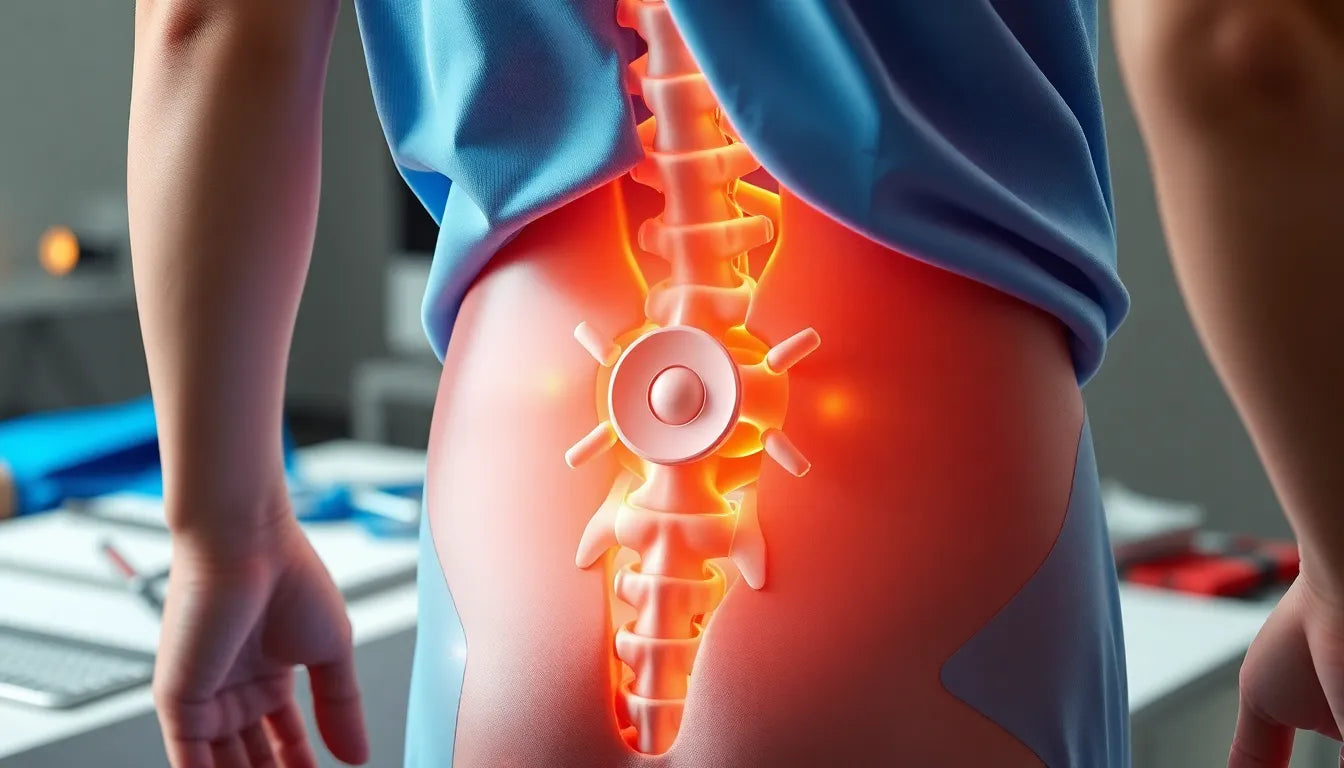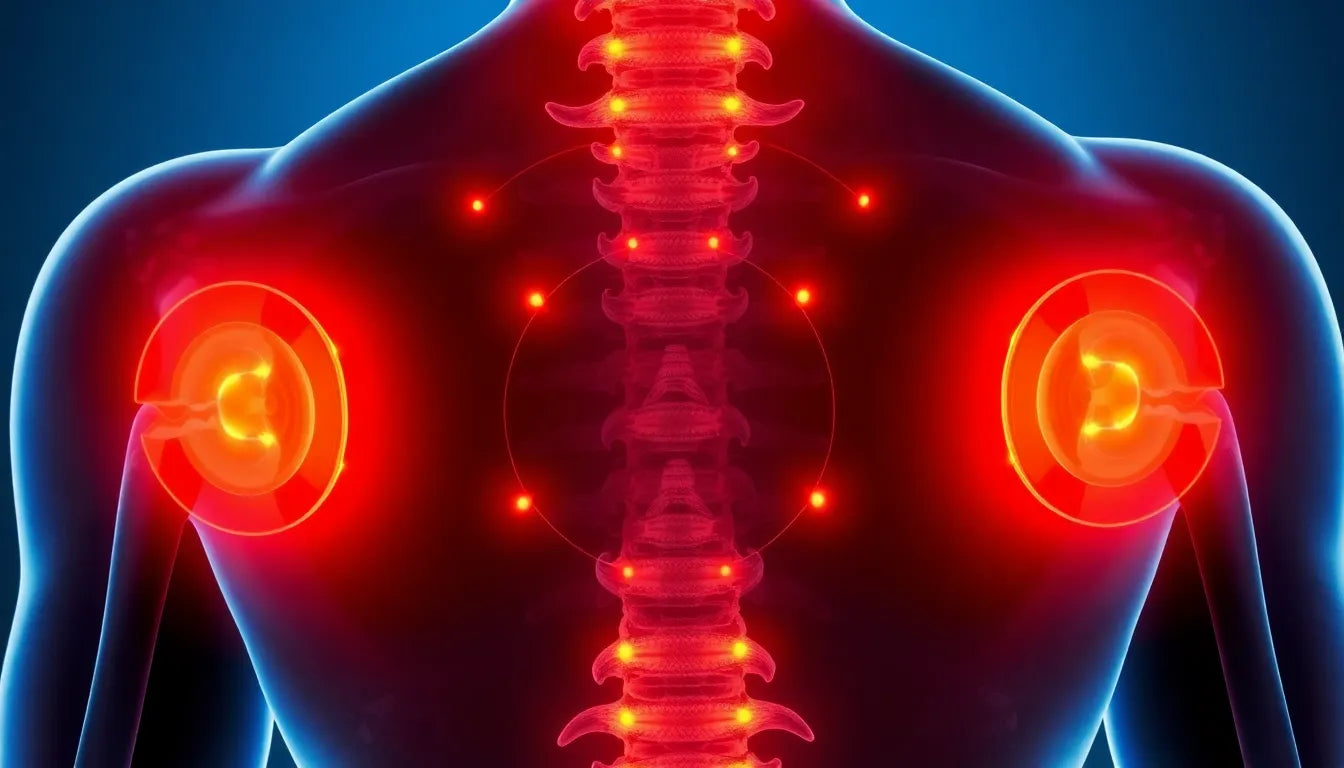Intervertebral Disc Disease (IVDD) is a common condition affecting dogs, particularly breeds with long backs such as Dachshunds, Beagles, and Corgis. This degenerative disease involves the intervertebral discs, which act as cushions between the bones of the spine. Over time, these discs can become brittle and herniate, leading to significant pain and mobility issues. A herniated disc can compress the spinal cord, causing symptoms ranging from mild discomfort to severe pain, weakness, and even paralysis. The impact on a dog's quality of life can be profound, making effective treatment crucial.
corticosteroids as a treatment option
One of the treatment options for dogs with herniated discs is the use of corticosteroids. These are potent anti-inflammatory medications that can help reduce swelling around the spinal cord, potentially alleviating pain and improving mobility. Corticosteroids are often considered for managing mild to moderate cases of IVDD, where inflammation is a significant contributor to the dog's discomfort. However, their use is not without controversy.
the role of corticosteroids in veterinary medicine
Corticosteroids are a class of drugs that mimic the effects of hormones produced by the adrenal glands. In veterinary medicine, they are widely used for their powerful anti-inflammatory and immunosuppressive properties. These medications can be life-changing for conditions involving severe inflammation, but they must be used judiciously due to potential side effects.
The central question for dog owners and veterinarians is whether corticosteroids offer relief or pose significant risks for dogs with herniated discs. While they can provide rapid relief from inflammation and pain, concerns about long-term use and side effects persist. The decision to use corticosteroids involves weighing the potential benefits against the risks, considering the individual dog's health status and the severity of their condition.
As we delve deeper into this topic, it is essential to explore the specific types of corticosteroids used, their dosing regimens, and the ongoing debate about their efficacy and safety in treating IVDD. Understanding these factors can help pet owners make informed decisions about their dog's care, ensuring the best possible outcomes for their furry companions.
corticosteroid use in ivdd: types and dosing
Corticosteroids such as prednisone and methylprednisolone are frequently considered for treating mild to moderate cases of intervertebral disc disease (IVDD) in dogs. These drugs are known for their potent anti-inflammatory properties, which can significantly reduce spinal cord swelling and alleviate pain. Typically, veterinarians prescribe corticosteroids at anti-inflammatory doses ranging from 0.5 to 1 mg/kg/day for short-term use. This dosing aims to manage inflammation effectively while minimizing potential side effects.
The rationale behind this dosing regimen is based on the need to provide immediate relief from inflammation without exposing the dog to the risks associated with long-term or high-dose steroid use. It's important to note that while corticosteroids can be beneficial in certain cases, they are not universally recommended for all dogs with herniated discs. The decision to use corticosteroids should be made on a case-by-case basis, taking into account the specific needs and health status of the dog.
benefits and controversies surrounding corticosteroid use
Corticosteroids can offer significant benefits in managing symptoms of IVDD, particularly in reducing spinal cord swelling and providing pain relief. In cases where inflammation is a primary concern, these medications can be instrumental in improving a dog's comfort and mobility. However, the use of corticosteroids is not without controversy. High-dose or routine use, especially in cases of acute spinal trauma, is generally discouraged due to the lack of evidence supporting their efficacy in such scenarios.
Comparisons between corticosteroids and non-steroidal anti-inflammatory drugs (NSAIDs) reveal that NSAIDs often provide better outcomes with fewer recurrences. This has led to a preference for NSAIDs in the conservative management of mild IVDD cases. Nevertheless, corticosteroids may still have a role in specific situations where NSAIDs are contraindicated or when inflammation is particularly severe.
corticosteroids in the surgical context and emerging research
In severe cases of IVDD, where surgical intervention is required, corticosteroids may be used as an adjunct therapy. Recent studies suggest that local epidural application of corticosteroids like methylprednisolone acetate during decompression surgery can accelerate short-term recovery in some dogs. However, the evidence regarding improved long-term surgical outcomes remains mixed, and further research is necessary to determine the most effective use of corticosteroids in surgical settings.
While the potential benefits of corticosteroids in surgery are promising, it is crucial for veterinarians to carefully consider the individual needs of each patient. The decision to use corticosteroids should be made in collaboration with pet owners, ensuring that they are fully informed about the potential risks and benefits.
In conclusion, the use of corticosteroids for dogs with herniated discs is a complex issue that requires careful consideration of various factors. While these medications can provide significant relief in certain cases, they also carry risks that must be weighed against their potential benefits. By understanding the specific needs of their pets and working closely with veterinarians, pet owners can make informed decisions that prioritize the health and well-being of their furry companions.
Risks and side effects of corticosteroids
While corticosteroids can provide relief for dogs with herniated discs, they are not without potential risks and side effects. Common side effects include gastrointestinal issues such as ulcers and bleeding, as well as increased thirst and urination. Long-term use can lead to more severe problems like weakened immune function, muscle wasting, and even diabetes. Additionally, some studies suggest that dogs on long-term corticosteroid therapy may experience higher recurrence rates of IVDD and a poorer overall quality of life.
Given these potential side effects, it is crucial for pet owners and veterinarians to weigh the risks against the benefits when considering corticosteroids for treating IVDD. This is especially important in chronic pain cases where NSAIDs are contraindicated, and other treatment options may not be viable. The decision to use corticosteroids should be based on a thorough assessment of the dog's health status and specific needs.
Expert and consensus opinions on corticosteroid use
There is ongoing debate within the veterinary community about the routine use of corticosteroids in treating IVDD. Many experts and consensus statements caution against their routine use, particularly at high doses, due to the potential for adverse effects and lack of evidence supporting long-term benefits. However, some experts acknowledge that corticosteroids can be beneficial for short-term use in select chronic-phase cases where inflammation is a significant concern.
The current consensus leans towards a cautious approach, recommending corticosteroids only when absolutely necessary and under strict veterinary supervision. This balanced view reflects the complexity of treating IVDD and the need for individualized treatment plans tailored to each dog's unique circumstances.
Frequently Asked Questions
What are the signs of a herniated disc in dogs?
Symptoms of a herniated disc in dogs include pain, weakness, difficulty walking, and in severe cases, paralysis. Dogs may also exhibit reluctance to move, changes in posture, or vocalize discomfort.
Are corticosteroids safe for all dogs with IVDD?
Corticosteroids are not suitable for all dogs with IVDD. The decision to use them should be based on a thorough evaluation of the dog's health status and under the guidance of a veterinarian. Some dogs may not tolerate corticosteroids well, and alternative treatments may be necessary.
How do corticosteroids compare to NSAIDs for treating IVDD?
NSAIDs are often preferred for the conservative management of IVDD due to their effectiveness in reducing pain and inflammation with fewer side effects. Corticosteroids may be considered in cases where NSAIDs are contraindicated or when inflammation is particularly severe.
Can corticosteroids be used long-term for IVDD?
Long-term use of corticosteroids is generally not recommended due to the potential for serious side effects and the lack of evidence supporting improved outcomes. Short-term use under veterinary supervision may be appropriate in certain cases.
What should pet owners do if they suspect their dog has a herniated disc?
If a herniated disc is suspected, it is essential to seek prompt veterinary care. Early diagnosis and treatment can significantly improve the chances of a successful outcome. A veterinarian can provide guidance on the best treatment options based on the dog's specific condition.
Sources
- Lake Animal Hospital. "Overview of IVDD Management."
- Platt, S. (2022). "Controversies in Corticosteroid Use." dvm360.
- PetMD. "Treatment Options for IVDD in Dogs."
- VetPlayas. "Pain Management Tools for IVDD."
- Today's Veterinary Practice. "Steroids in Veterinary Neurosurgery."
- VeterianKey. "Comparing NSAIDs and Steroids for IVDD."
- ACVIM Consensus. "Expert Recommendations on Corticosteroid Use."
- Sedy, J. et al. "Research on Local Methylprednisolone in Surgery."


















